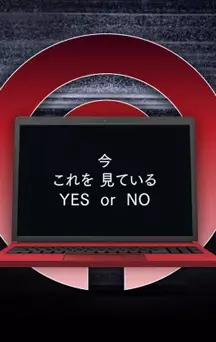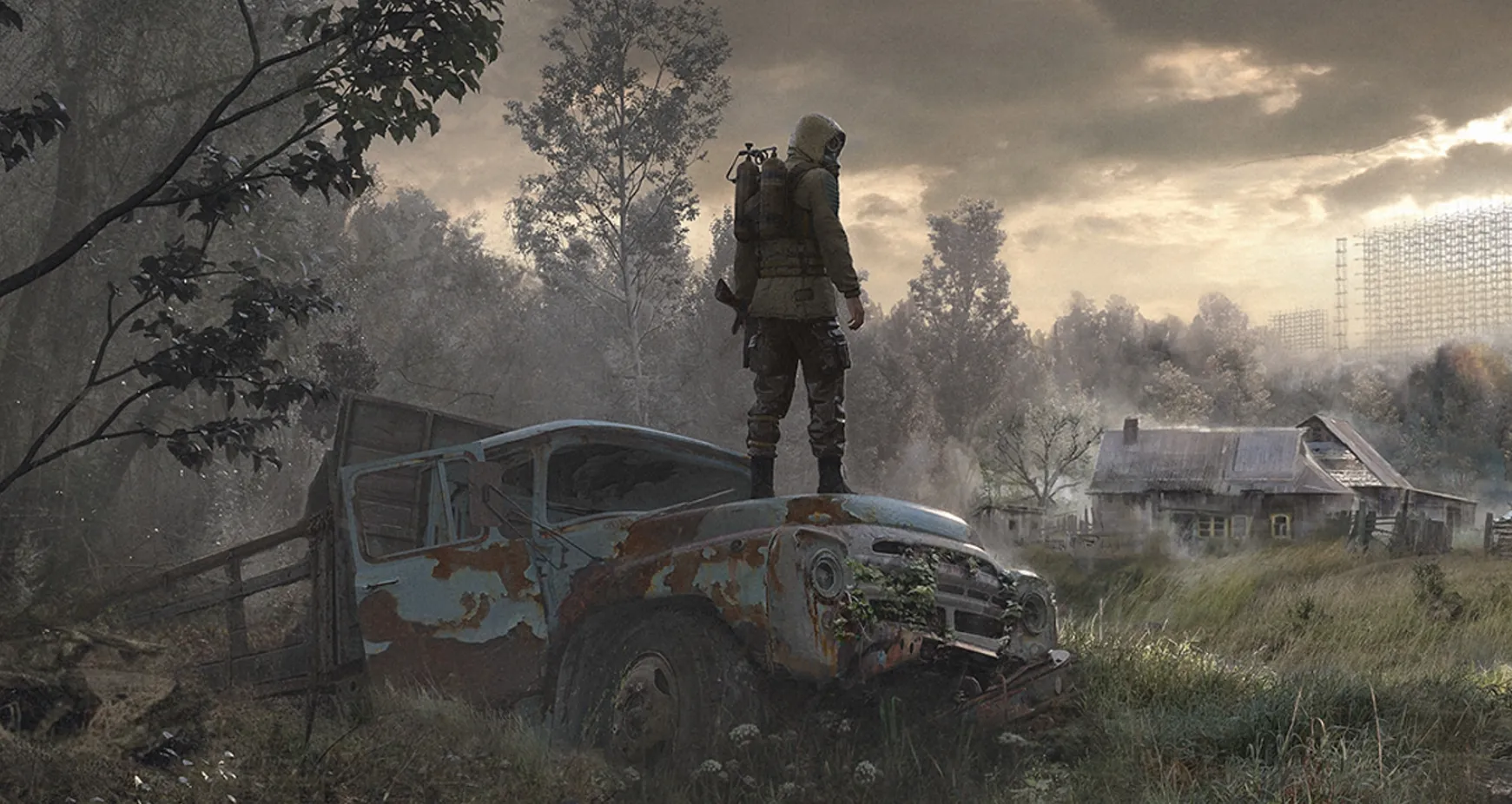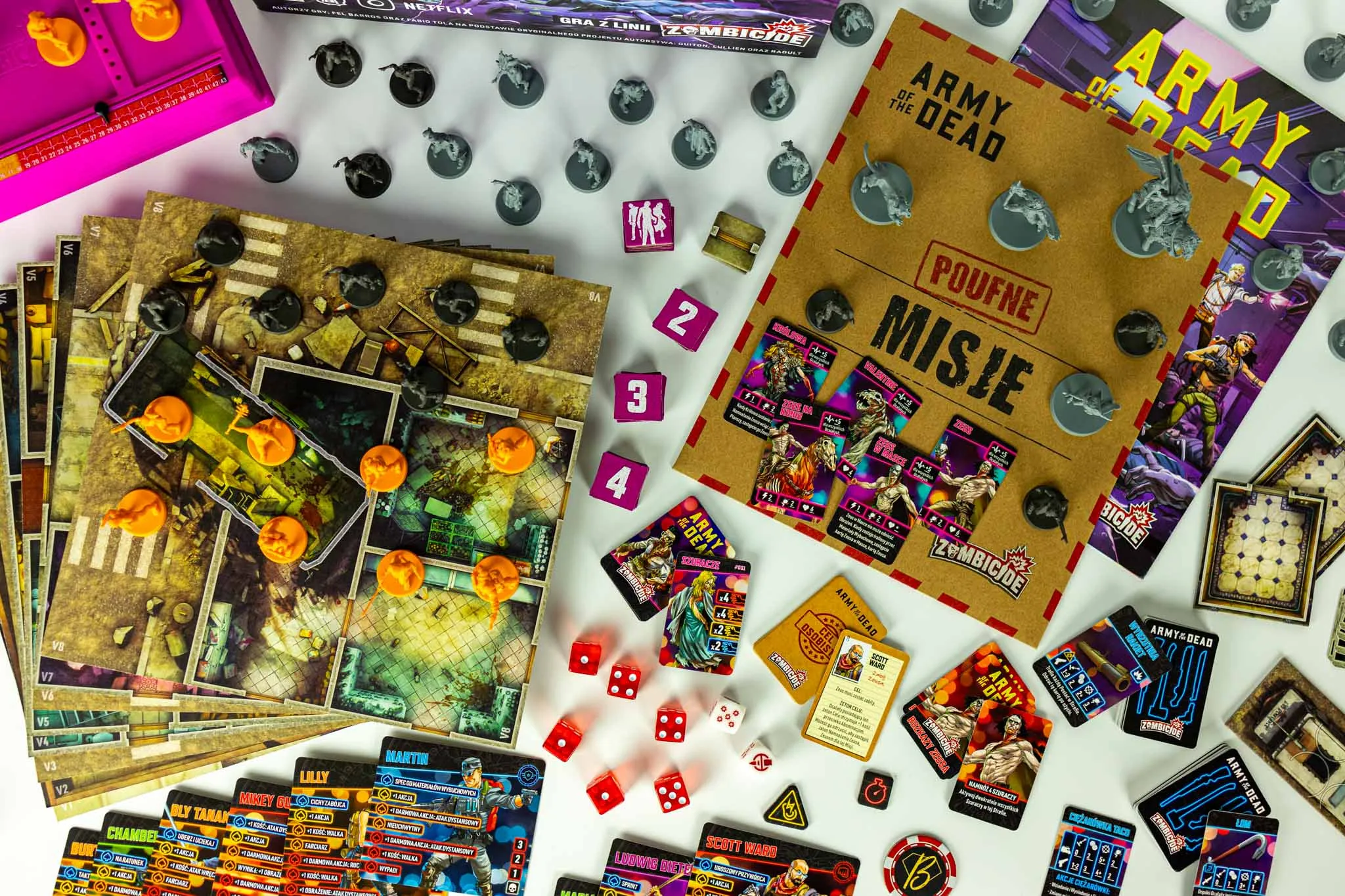Welcome to the digital playground where innocence meets mischief. We’ve all heard about the wild adventures and heroic quests in video games meant for kids. But we can’t forget about the mischievous side. Here are ten crimes committed on video games meant for kids.
Related: Top 10 Hidden Levels in Video Games
10 Cheating/Hacking
STREAMER Is CAUGHT CHEATING, What Happens Is Shocking | Dhar Mann
Cheating and hacking in video games meant for kids? It’s like trying to sneak Brussels sprouts into a candy store—it just doesn’t belong! But even in the whimsical realms of children’s gaming, some can’t resist the allure of bending the rules.
Picture little Timmy, innocently navigating his favorite game, only to encounter players who’ve mastered the art of cheating. It’s a sad reality. Cheaters use hacks to gain unfair advantages like unlimited lives, infinite resources, or the ability to teleport across the map faster than you can say “cheese pizza.”
According to surveys, 37%of all gamers admit to using cheats at least once. It’s like a virtual Wild West, with cheats lurking around every digital corner. But let’s not point fingers solely at the kids. Some adults aren’t immune to the temptation either. They delve into the murky depths of cheat codes and hacks, setting a questionable example for the younger generation.
Sure, it might seem harmless fun, but cheating undermines the spirit of fair play and sportsmanship. It’s like showing up to a soccer game with rocket-powered sneakers—sure, you’ll win, but where’s the joy in that?
9 Cyberbullying
Video Games, Cyberbullying, and More: How To Guide Your Child Through The Digital Wasteland
Cyberbullying in kiddie video games? Oh, you bet your power-up mushrooms! Imagine your little hero cruising through the pixelated wonderland, only to be bombarded with insults and taunts from some faceless troll hiding behind the screen.
Cyberbullying in kid-friendly games isn’t just an urban legend spread by gaming gurus. Nope, it’s as real as a high score on level 99. According to recent studies, nearly 40% of kids aged 12 to 17 have experienced cyberbullying. That’s like having every third player in your party hurling digital insults.
What makes this cyber-misery even worse? Well, in these innocent-looking games, the bullies often wear masks of anonymity. They’re like the ghosts haunting Pac-Man’s maze, waiting to strike when you least expect it. Unlike the old days of playground squabbles, cyberbullies can hide behind their screens, making it tough for the good guys to fight back.
But fear not, fellow adventurers! Just like Mario jumping over pits of lava, there are ways to tackle this digital menace. Parents and game developers are teaming up to create safer online environments, complete with reporting tools and moderation systems to squash those cyberbullies like the bugs they are.
8 Scamming
In video games for kids, where unicorns prance and rainbows shine, one might assume that only honest adventures await. Unfortunately, the virtual realm isn’t immune to the antics of scammers. Picture a seemingly innocent player trading in their hard-earned virtual currency for a shiny new item, only to discover it’s as genuine as a three-dollar bill.
Scamming has entered kiddie gaming landscapes, with fraudsters exploiting the trusting nature of our young gamers. Did you know that in the universe of “Adopt Me!” on Roblox, there’s a black market where scammers lurk, ready to swap coveted pets for empty promises? These ne’er-do-wells have turned the pursuit of pixelated pets into a digital con game, leaving unsuspecting kids hoodwinked.
It’s not all doom and gloom, though. Game developers are battling these virtual villains by creating safety features and educating players about the art of the scam. So, next time your little adventurer embarks on a quest in the land of pixels, remind them not every rainbow leads to a pot of gold.
7 Stealing Items
What to Do When Villagers STEAL YOUR MONEY | Animal Crossing Tips | ACNH Sasha, Ankha, Faith, Hamlet
Stealing items or currency in video games meant for kids might seem harmless. Still, it’s a crime nonetheless, albeit a virtual one. Imagine wandering through the realms of your favorite game, and suddenly, you spot a shiny treasure chest or a pile of gold coins. Temptation strikes, and before you know it, you’re stealing like a digital bandit.
But hold on a second, sticky fingers! Stealing items or currency is a big no-no, even if it’s just ones and zeros we’re talking about. In many kid-friendly games, stealing can disrupt the balance of the gameplay and even lead to consequences within the game itself. Plus, it’s not exactly the most heroic behavior to model. Imagine Mario snatching coins from Toadstool’s treasury—pretty shady for a plumber in overalls.
Moreover, developers invest time and effort into creating these virtual economies, and stealing disrupts their carefully crafted systems. It’s like swiping candy from a piñata—sure, it’s tempting, but it ruins the fun for everyone else.
6 Griefing
Griefing is the mischievous art of ruining someone’s day, and it has become a notorious crime in video games for kids. Imagine innocent gamers happy in their wonderland, only to have their joy shattered by griefers—the digital tricksters of the gaming world.
These individuals exploit the seemingly safe environment of kid-friendly games, turning them into chaotic arenas of frustration. Griefers unleash a barrage of unsportsmanlike conduct, from disrupting peaceful in-game activities to outright sabotage. It’s like inviting a clown to a tea party, only to find out the clown has swapped your tea with chaos-infused potions.
In Minecraft, griefers are notorious for destroying meticulously crafted structures with a few swift clicks. Roblox enthusiasts find their imaginative creations compromised as griefers infiltrate with a mission to dismantle creativity. Even in the whimsical realm of Animal Crossing, where relaxation is key, griefers manage to turn serene islands into virtual war zones.
These virtual villains exploit the honesty of young players, leaving a trail of digital mayhem. With the rise of online gaming communities, griefing has evolved into a serious concern.
5 Inappropriate Language/Behavior
Parents warned about inappropriate content found in Roblox l GMA
Anything can happen in this virtual realm, including inappropriate language and behavior. Imagine you’re a kiddo strolling through your game, ready to save the day or build your dream castle, when suddenly, BAM! You’re hit with words that would make a sailor blush.
In these supposedly child-friendly games, inappropriate language and behavior can sometimes rear their ugly heads faster than you can say “respawn.” Whether it’s players dropping f-bombs like confetti or engaging in discussions that would make your grandma gasp, it’s enough to make you want to unplug your console and retreat to the safety of the real world.
According to a study by the Pew Research Center, 16% of teens who play online games have been harassed while gaming. That’s right—in the world of online gaming, inappropriate behavior isn’t just reserved for the NPCs (non-playable characters).
So, next time your child logs on to their favorite game, keep your ears peeled for any language that would make your parents wash your mouth out with soap. And if you happen to encounter any unsavory characters, remember: Mute buttons are your best friend.
4 Sharing Personal Information
Online Privacy for Kids – Internet Safety and Security for Kids
Sharing personal information in video games may seem harmless, but it’s like taking candy from strangers—a recipe for disaster. Imagine tossing your secrets into a digital abyss where anyone with ill intentions can snatch them.
According to an article by the New York Post, 40% of kids have shared personal information online while gaming. That’s like broadcasting your life story to an audience of cyber sharks! Sure, it might feel like harmless fun, but remember, once you hit “send,” there’s no turning back. Your personal information could end up in the hands of cyber crooks. Plus, sharing personal info online can lead to creepy encounters or identity theft.
Before you spill the beans in your favorite game, think twice. Keep your personal info under lock and key, just like you guard your high score. Because in the digital world, sharing isn’t always caring.
3 Account Hacking
How do hackers target children on video games?
Account hacking in kids’ video games isn’t just a fantasy plotline. It’s a real-world nuisance. You’d think these games would be safe havens, but nope, hackers love a challenge, even if it means invading the playground of innocence.
Imagine logging in to find your avatar dressed like a clown, or worse, your hard-earned virtual treasures have disappeared. It’s like someone swiping your candy stash when you’re not looking—outrageous and rude.
Hackers exploit vulnerabilities in game security systems or trick players into revealing their login credentials through phishing schemes. It’s like they’ve mastered the art of sneaky maneuvers in a virtual spy thriller.
So, what’s a gamer to do? Stay vigilant. Keep those passwords as guarded as a dragon’s treasure hoard. And game developers? Beef up those security protocols like you’re fortifying a castle against invading armies.
2 Modding/Creating Inappropriate Content
MINECRAFT MOD Kids Video Game Compilation with HobbyFrog
So, you’ve heard about modding, right? It’s like creativity meets digital tinkering. There’s a dark side to it, especially when creating inappropriate content in games meant for kids. Picture innocent characters turning into creatures straight out of a horror movie or adding explicit scenes where there shouldn’t be any.
Modding, the art of modifying or creating game content, is often a playground for innovation. But some folks take it a tad too far. With a few clicks, they can turn your fluffy, friendly mascot into a nightmare-inducing monstrosity. And guess what? Kids stumble upon these mods fast.
Sure, modding has its perks. It lets players tweak games, add new features, and unleash creativity. But when people start using their creativity to insert adult themes into children’s games, it’s like mixing oil with water—they just don’t belong together.
You’d think game developers would have a field day stopping this, right? Well, they try. But it’s like playing whack-a-mole. For every inappropriate mod they shut down, ten more pop up elsewhere.
1 Exploiting In-Game Economy
Roblox Exploiting – Lisa Gaming ROBLOX’s Hangout
In kids’ video games, where characters frolic in fantasy lands, one might assume that mischief is limited to the screen. However, in the shadows is a crime so cunning that even the most virtuous avatars can’t escape its clutches: the exploitation of in-game economies.
Imagine a seemingly harmless virtual marketplace where adorable creatures trade virtual goods with the innocence of a lemonade stand. But some cunning players have turned this setup into a den of deceit. They manipulate in-game economies, acquiring virtual currency and items through fishy means, leaving young players bewildered and their hard-earned treasures pilfered.
This virtual white-collar crime isn’t child’s play, as it disrupts the balance of these idyllic digital realms. The mischievous masterminds employ tactics like duping, hacking, or even running virtual sweatshops to amass digital riches. In the end, the game’s whimsical charm becomes tainted by the shadowy dealings of these virtual punks.
fact checked by Rachel Jones
































 Bengali (Bangladesh) ·
Bengali (Bangladesh) ·  English (United States) ·
English (United States) ·  Polish (Poland) ·
Polish (Poland) ·